The occupation of Alexandria began on May 24th, 1861 at 2:00 A.M. It was the day after the citizens of Virginia voted three to one to secede. Union soldiers invaded Virginia and occupied the countryside across the Potomac River from Washington, D.C. The few Rebel pickets in Arlington, the town directly across the river from Washington, quickly retreated from the two Union columns that descended upon them. Robert E. Lee's estate at Arlington Heights was occupied and used as a Union command post. The 700 Virginia militiamen stationed six miles downstream at Alexandria, an important port and railroad center, were warned of this invasion in time for all but 35 of them to retreat through one end of town as Union troops rushed in the other. Two Union forces converged on Alexandria. Colonel Orlando B. Wilcox and his 1st Michigan Regiment marched down from Arlington and Colonel Elmer E. Ellsworth and his 11th New York Zouave Regiment arrived at the Alexandria wharf aboard three river steamers. The Zouaves rushed ashore at daybreak and quickly secured the railroad station and telegraph office. As Ellsworth moved through the town, he spied a large Confederate flag flying from atop an inn called the Marshall House. Ellsworth rushed into the inn with four companions, climbed the stairs to the top, and cut down the flag. As they were going back down with the flag, innkeeper James W. Jackson met them at the third floor landing with a double-barreled shotgun and proceeded to kill Jackson by shooting him in the face. Then to make certain the job of killing Jackson was finished the innkeeper used his bayonet, and finished poor Jackson off by pushing him down the stairs. The innkeeper then pulled the trigger again killing Ellsworth. The Union invasion was a resounding success.
The 24 year old Ellsworth had been a personal friend of President Abraham Lincoln. His body lay in state at the White House. Ellsworth became a Union martyr, and babies, streets, and even towns were named after him.
The Battle of Balls Bluff was the largest Civil War battle to take place in Loudoun County.
Following the Union defeat at Manassas (Bull Run), General George B. McClellan was called to Washington to take charge of the Federal forces there. McClellan named his new command the Army of the Potomac and diligently worked at restoring its confidence. Republicans in Congress soon pressured McClellan to march against Richmond before winter. As a result, General McClellan decided upon a campaign to capture Leesburg on the upper Potomac, thus strategically outflanking the Confederate Army then based in Centreville. McClellans plan consisted of a three-pronged movement toward Leesburg. On October 19, Union General McCalls division marched to Dranesville, Virginia. The following day, McClellan notified General Charles P. Stone at Poolesville, Maryland, of McCalls advance and suggested that "a slight demonstration" by Stones forces might help move the Confederates. On October 21, Stone ordered a feint assault at Edwards Ferry while launching the "coup de grace" via a flanking column under Colonel Edward Baker at Smarts Mill Ford, just upriver from Balls Bluff. But poor communication, intelligence mistakes and the lack of unified Union command doomed the northern effort. Confederates led by Colonel Nathan "Shanks" Evans and Eppa Hunton checked the Union advance at Balls Bluff and turned the battle into a rout. Of the 1,720 Union soldiers engaged, 49 were killed, 158 wounded, 553 taken prisoner and 161 missing and presumed drowned in the Potomac River. Confederates engaged numbered 1,709, of whom 36 were killed, 117 wounded and two taken prisoner. Bodies floating downriver to Washington brought the shocking reality of the war to the publics attention. Among the Union casualties at Balls Bluff was U.S. Senator, Colonel Edward D. Baker, boyhood friend of Abraham Lincoln. Bakers death and the twin Union defeats at Manassas and Balls Bluff prompted the creation of a Joint Committee on the Conduct of the War.
Friday, April 13, 2007
Subscribe to:
Post Comments (Atom)
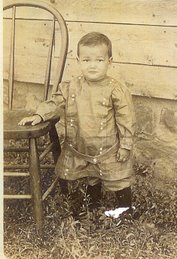
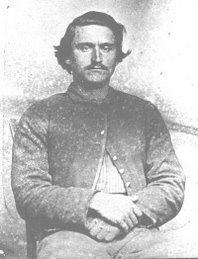

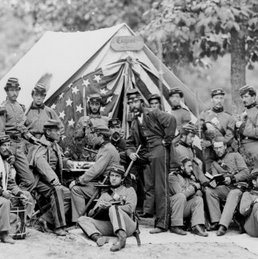

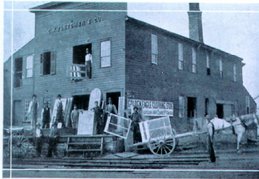
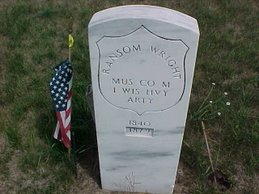

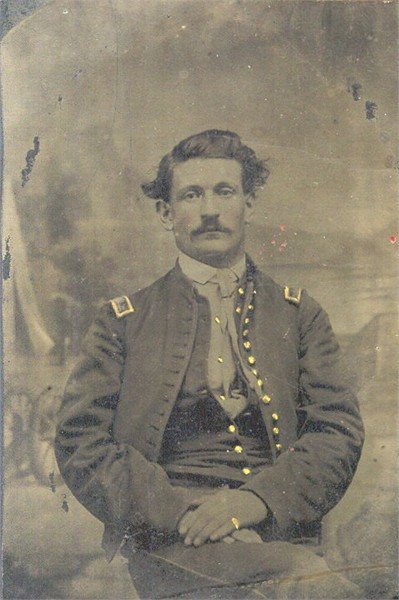
No comments:
Post a Comment